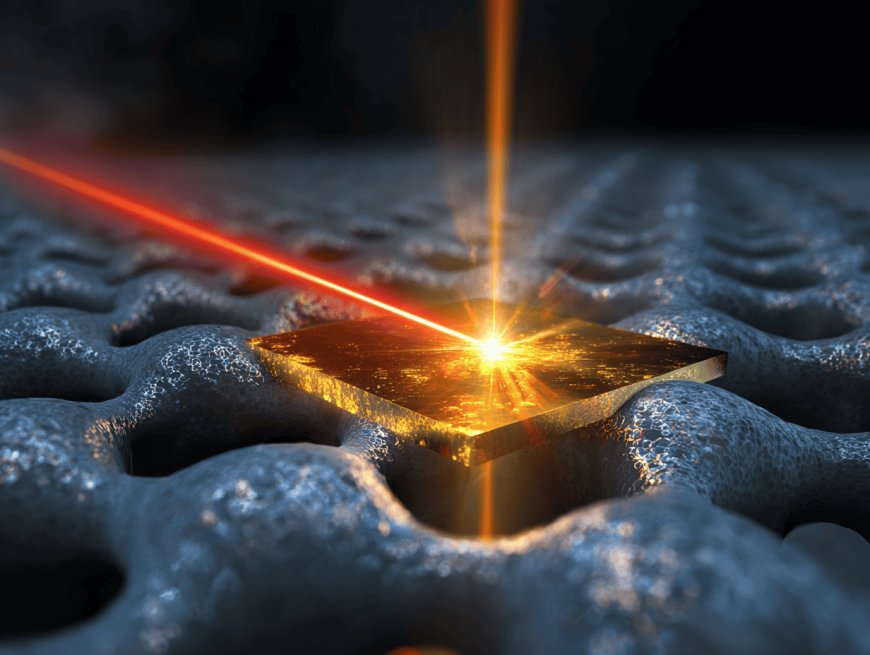Scientists Heat Gold to 14 Times Its Melting Point Without Melting
Physicists were surprised when an experiment showed solid gold reaching 19,000 kelvins without melting, defying previous theories. By heating the gold extremely quickly, the atoms remained in their crystalline form. This breakthrough challenges long-standing thermodynamic principles and opens new possibilities for understanding extreme material behavior.

Credit: Greg Stewart/SLAC National Accelerator Laboratory
Physicists were surprised when an experiment heated solid gold to 14 times its melting point without melting. The atoms held their crystalline form for a brief instant, challenging thermodynamic laws.
The experiment used a laser to heat a thin film of gold, causing the atoms to vibrate rapidly. X-ray pulses revealed the temperature of the superheated gold, showing it stayed solid at extreme temperatures.
By heating the gold faster than atoms could rearrange, the team avoided a thermodynamic collapse. The study introduced a new method for measuring extreme temperatures, impacting fields like fusion energy research and planetary modeling.
Researchers believe silver may also surpass its entropy limit based on preliminary data. The experiment showed that under ultrafast heating, materials can exist in unexpected states, opening new possibilities for material design and understanding extreme conditions.
The study concludes that superheating may not have an upper bound, challenging previous thermodynamic limits.
According to the source: ZME Science.
What's Your Reaction?
 Like
0
Like
0
 Dislike
0
Dislike
0
 Love
0
Love
0
 Funny
0
Funny
0
 Angry
0
Angry
0
 Sad
0
Sad
0
 Wow
0
Wow
0























































































































































































